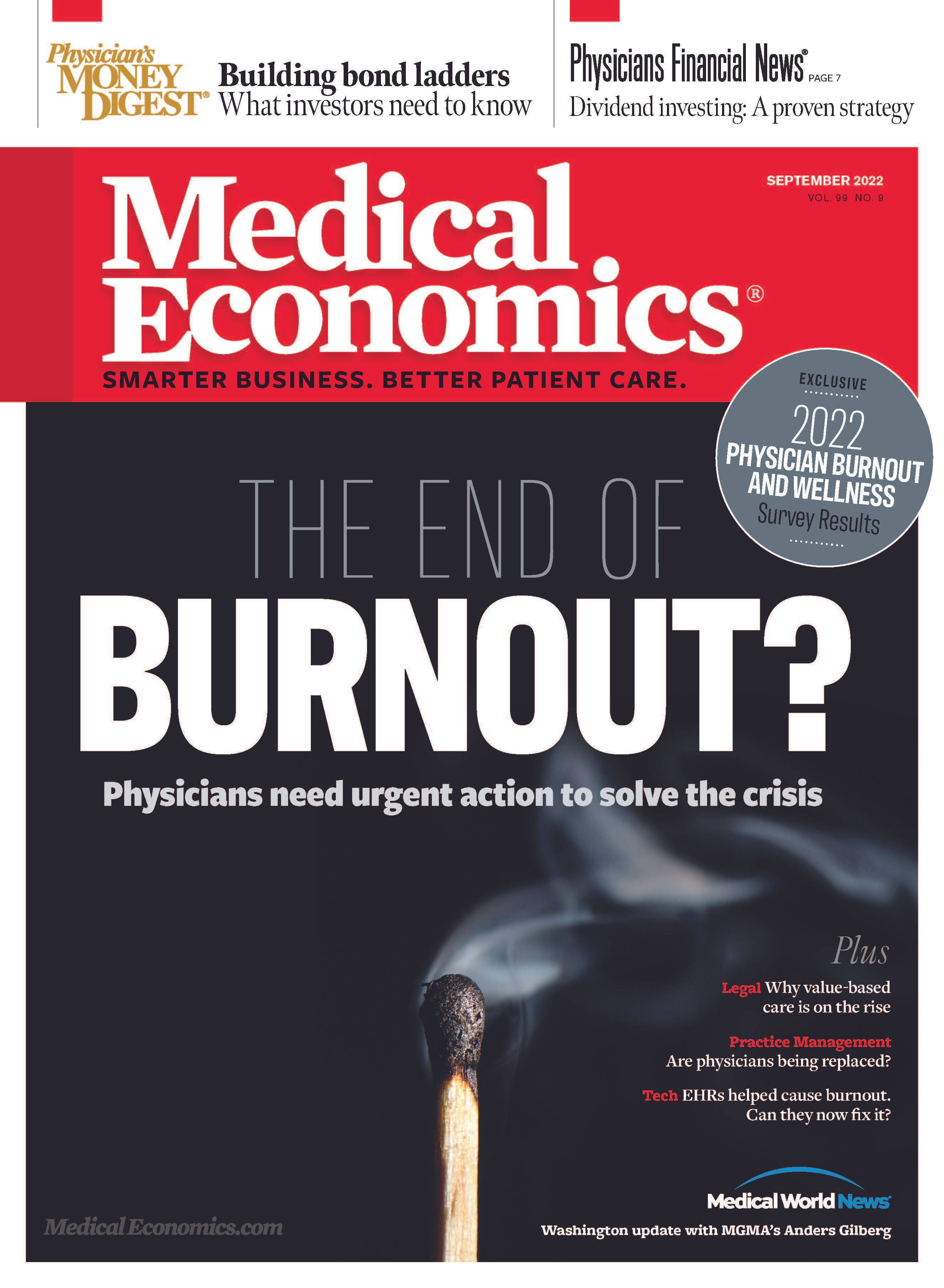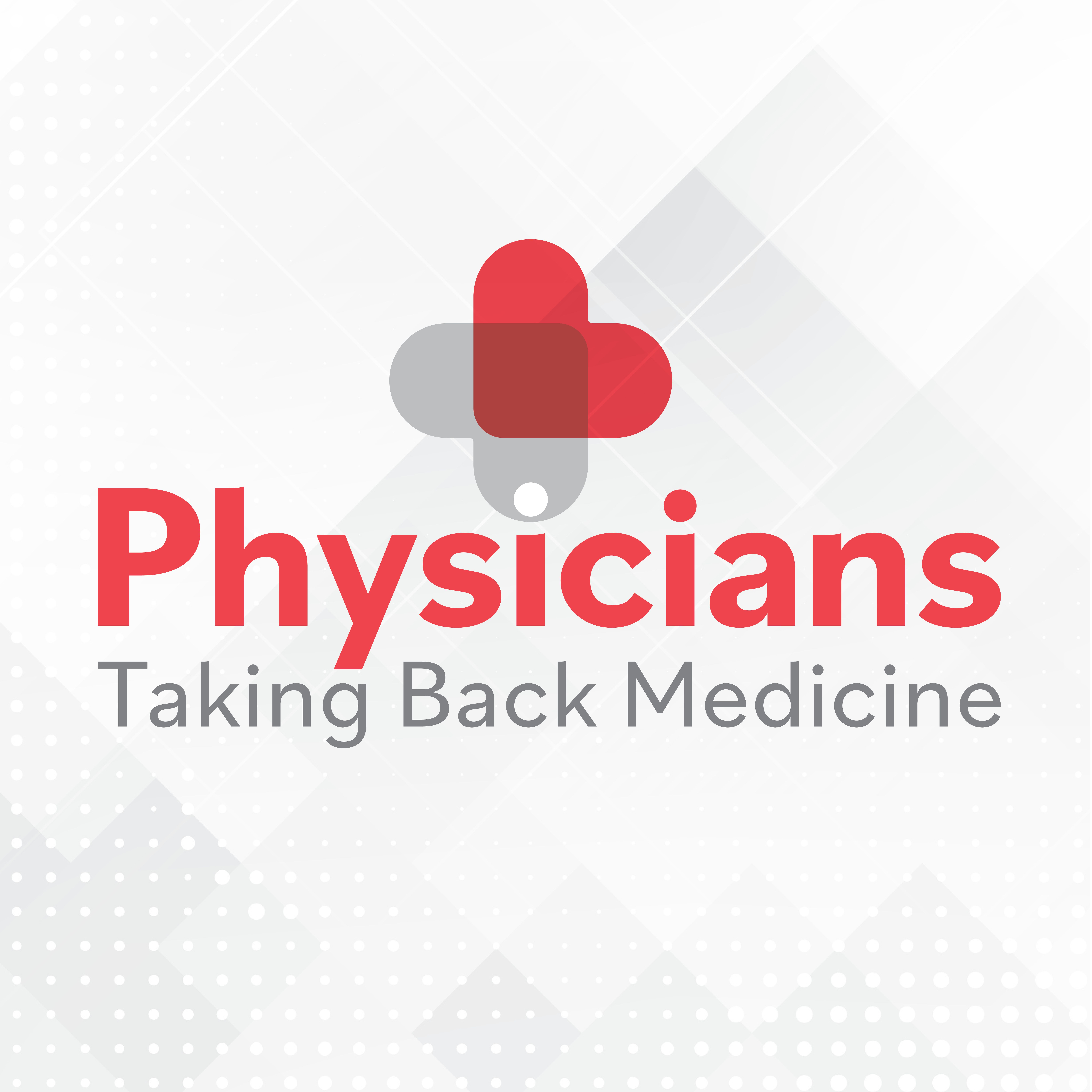Publication
Article
Medical Economics Journal
Physician burnout, depression, and suicide
Author(s):
All are important, with key differences
Physician burnout and suicide are serious issues that need addressing — but dealing with them can call for very different approaches.
Sept. 17 is National Physician Suicide Awareness Day, billed as a reminder and a call to action. Last year the awareness campaign reached 1.2 million people and received support from 54 medical and other organizations, resulting in 26,000 actions taken to prevent suicide, according to sponsors The Physicians Foundation, the Dr. Lorna Breen Heroes’ Foundation and FirstRespondersFirst.
Although there may be overlap between the two in symptoms and distress that people feel, focusing solely on burnout can create a risk of missing depression, a serious medical illness with potentially life-threatening consequences if left unaddressed, says Christine Yu Moutier, M.D., chief medical officer of the American Foundation for Suicide Prevention (AFSP).
Moutier was co-author of a study on feelings of depression and burnout in 2,281 medical trainees, staff and faculty at University of California San Diego Health, where the Healer Education and Assessment and Referral Program has been heralded as a model system for physician and medical staff suicide prevention efforts. The findings “suggest depression is a much more serious condition” with indicators of distress and suicide risk, including intense affective states, alcohol and drug use and suicidal thoughts and behaviors. Burnout without cooccurring depression was not associated with higher rates of suicidal thoughts or behaviors or with substance use, compared with respondents who screened negative for burnout and depression.
Yet burnout and depression are real problems that must be addressed with systemic change in medicine, say Moutier and Kristen Kim, M.D., corresponding author of a recent study on contributing factors to physician suicides across the country from 2003 to 2018.
Burnout is characterized by chronic workplace stress that can lead to a sense of emotional exhaustion, depersonalization or difficulty seeing others as human, and a low sense of personal accomplishment. Depression and suicide are clinical diagnoses requiring therapy and medications if appropriate, Kim says.
Solutions start with recognizing physician suicide is a serious problem and physicians must prioritize self-care in their everyday practices, Kim says. “I think medicine still, as a field, embraces this outdated sense that we need to sacrifice everything as a physician, including our own well-being,” she says. “And that is just simply wrong. At this point, it’s time to move beyond that and to really prioritize our own well-being in order to best care for our patients.”
In the study of physician suicides, one stressor was incapacity to work due to deteriorating physical health. Physicians tell their patients to stay healthy and they need to do the same, Kim says.
When scheduling appointments, physicians face the same barriers patients do. Primary care and specialist physicians often have office hours that overlap with work schedules, so physicians as patients sometimes must wait days, weeks or months for appointments. Flexibility in scheduling and telehealth could offer solutions, although telehealth limits physical examinations, Kim says.
AFSP notes primary care providers are “in a unique position to identify patients at risk of suicide and enact appropriate intervention methods,” including for fellow physicians. The foundation advocates increased training for physicians to better understand suicide assessment, treatment or risk management.
Even without added training, talking and listening can be a start. Physicians must be on the lookout for colleagues who are struggling and embrace the mindset that, as a community, “we can make a difference,” Moutier says.
“We don’t need to be their doctor or therapist; we’re being a colleague and a friend,” she says.
If physicians sought therapy or psychiatric treatment, Moutier suggests sharing that information with a colleague in distress.
“Give them permission to take those steps themselves by showing and modeling that that can be done safely and without any negative repercussions on your career,” Moutier says. “I’ve seen it happen innumerable times; there is so much more fear about that harm that will come from seeking treatment than there is. And the truth is that the true source of fear, and sort of danger, is actually from unaddressed mental health conditions when they’re left to go unaddressed because of the barriers that are in the way.”






